ARMO Now Supports GKE Autopilot Clusters 🎉
We’re excited to announce that ARMO now fully supports Google Kubernetes Engine (GKE) Autopilot clusters!...
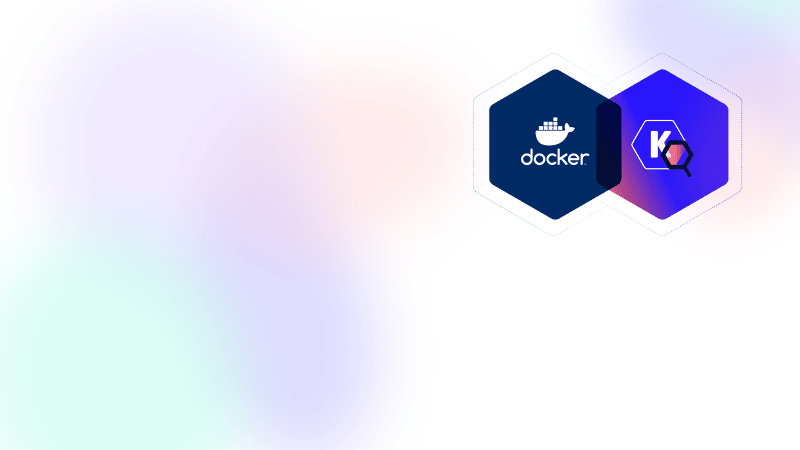
Feb 22, 2023
Guest post originally published on Docker’s blog by Ajeet Singh Raina and Oshrat Nir.
Container adoption in enterprises continues to grow, and Kubernetes has become the de facto standard for deploying and operating containerized applications. At the same time, security is shifting left and should be addressed earlier in the software development lifecycle (SDLC). Security has morphed from being a static gateway at the end of the development process to something that (ideally) is embedded every step of the way. This can potentially increase the effort for engineering and DevOps teams.
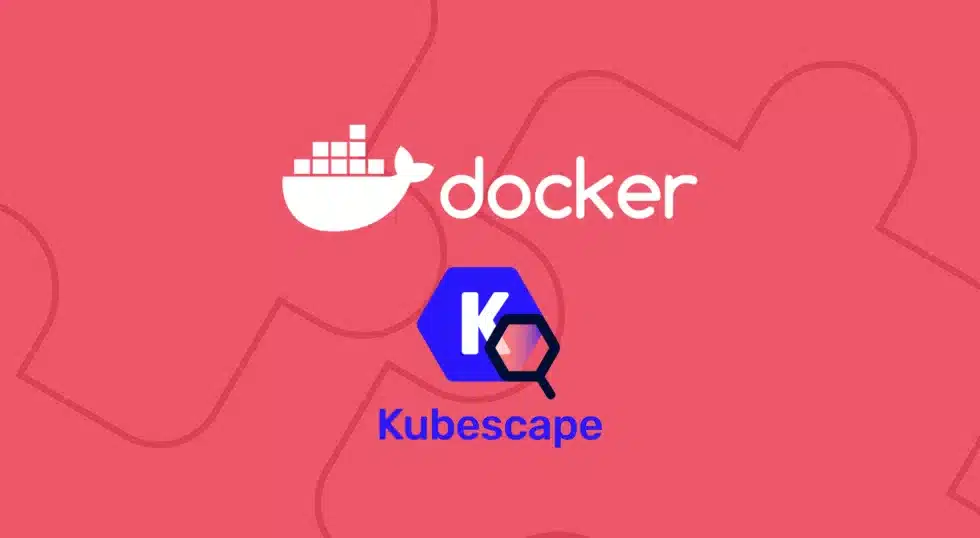
Kubescape, a CNCF project initially created by ARMO, is intended to solve this problem. Kubescape provides a self-service, simple, and easily actionable security solution that meets developers where they are: Docker Desktop.
Kubescape is an open source Kubernetes security platform for your IDE, CI/CD pipelines, and clusters.
Kubescape includes risk analysis, security compliance, and misconfiguration scanning. Targeting all security stakeholders, Kubescape offers an easy-to-use CLI interface, flexible output formats, and automated scanning capabilities. Kubescape saves Kubernetes users and admins time, effort, and resources.
Security researchers and professionals codify best practices in controls: preventative, detective, or corrective measures that can be taken to avoid — or contain — a security breach. These are grouped in frameworks by government and non-profit organizations such as the US Cybersecurity and Infrastructure Security Agency, MITRE, and the Center for Internet Security.
Kubescape contains a library of security controls that codify Kubernetes best practices derived from the most prevalent security frameworks in the industry. These controls can be run against a running cluster or manifest files under development. They’re written in Rego, the purpose-built declarative policy language that supports Open Policy Agent (OPA).
Kubescape is commonly used as a command-line tool. It can be used to scan code manually or can be triggered by an IDE integration or a CI tool. By default, the CLI results are displayed in a console-friendly manner, but they can be exported to JSON or JUnit XML, rendered to HTML or PDF, or submitted to ARMO Platform (a hosted backend for Kubescape).
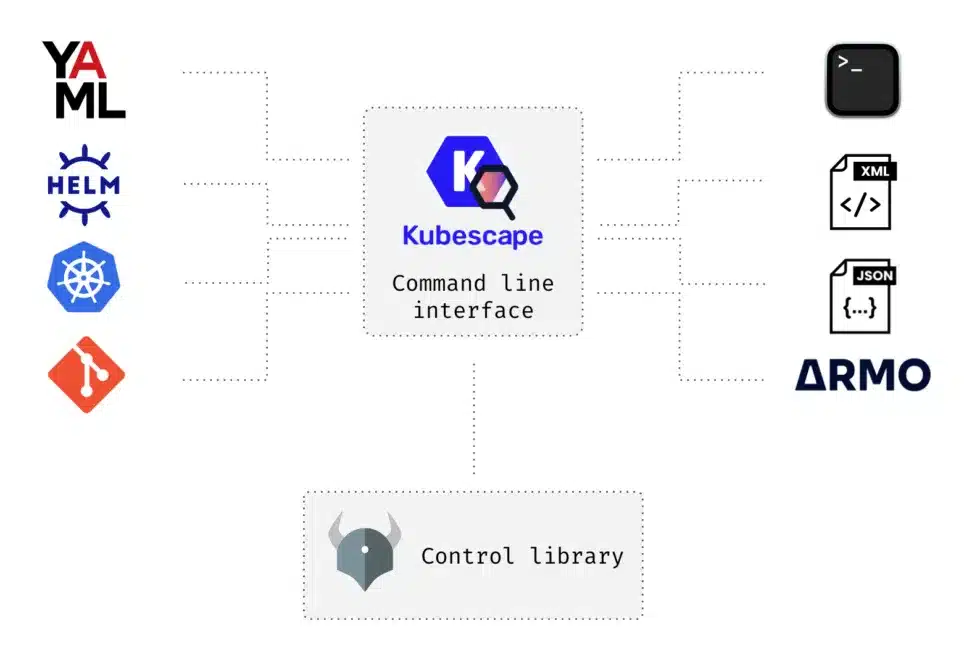
Regular scans can be run using an in-cluster operator, which also enables the scanning of container images for known vulnerabilities.
Docker extensions are fundamental for building and integrating software applications into daily workflows. With the Kubescape Docker Desktop extension, engineers can easily shift security left without changing work habits.
The Kubescape Docker Desktop extension helps developers adopt security hygiene as early as the first lines of code. As shown in the following diagram, Kubescape enables engineers to adopt security as they write code during every step of the SDLC.
Specifically, the Kubescape in-cluster component triggers periodic scans of the cluster and shows results in ARMO Platform. Findings shown in the dashboard can be further explored, and the extension provides users with remediation advice and other actionable insights.
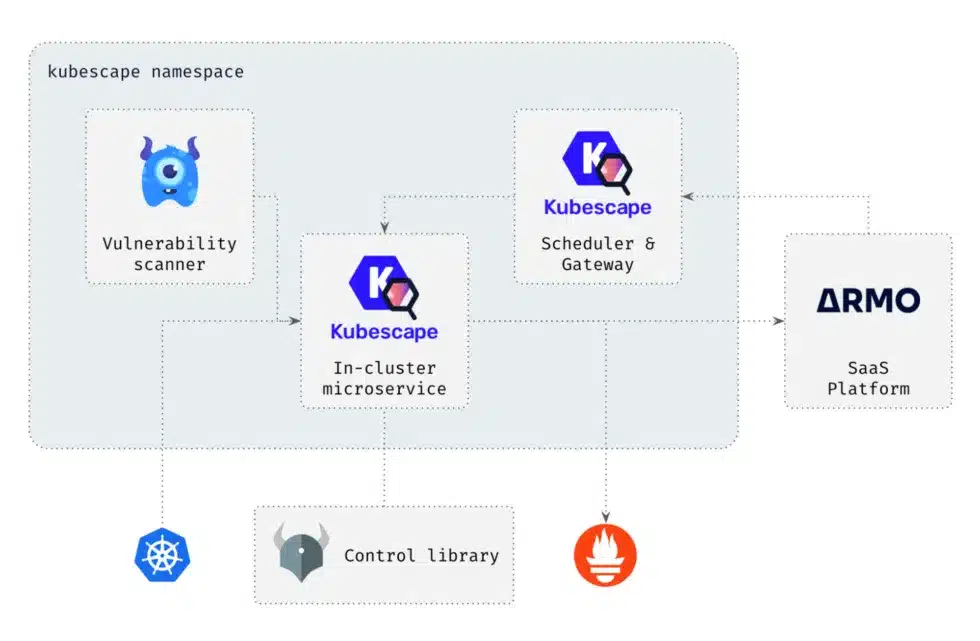
Prerequisites: Docker Desktop 4.8 or later.
In Docker Desktop, confirm that the Docker Extensions feature is enabled. (Docker Extensions should be enabled by default.) In Settings | Extensions select the Enable Docker Extensions box.
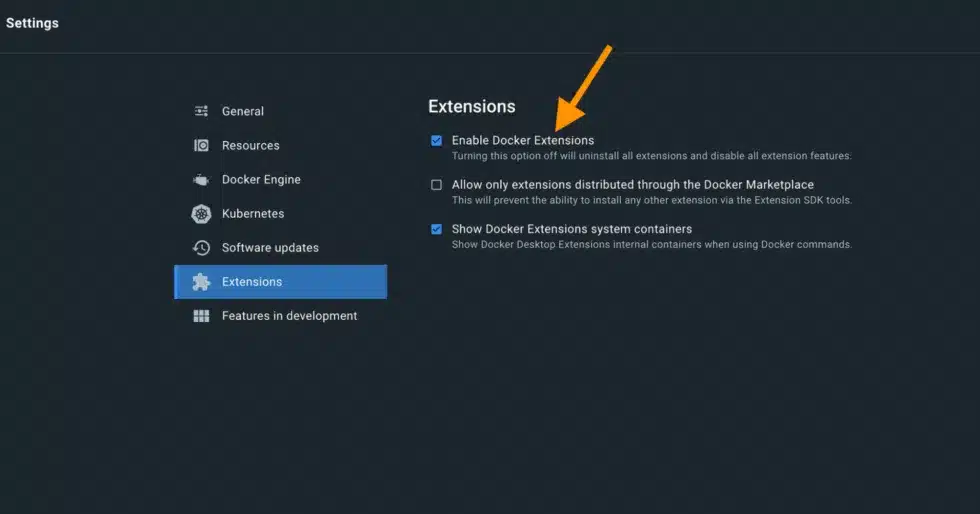
You must also enable Kubernetes under Preferences.
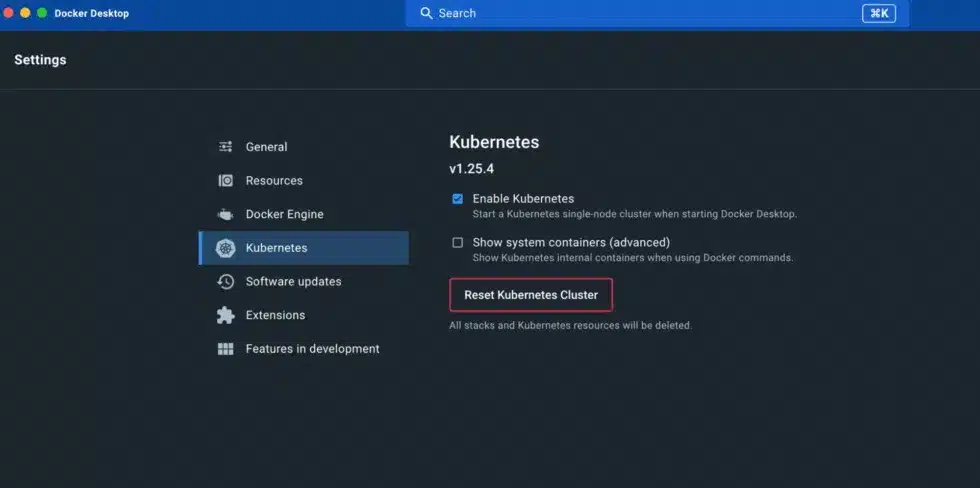
Kubescape is in the Docker Extensions Marketplace.
In the following instructions, we’ll install Kubescape in Docker Desktop. After the extension scans automatically, the results will be shown in ARMO Platform. Here is a demo of using Kubescape on Docker Desktop:
Open Docker Desktop and select Add Extensions to find the Kubescape extension in the Extensions Marketplace.

Install the Kubescape Docker Extension.
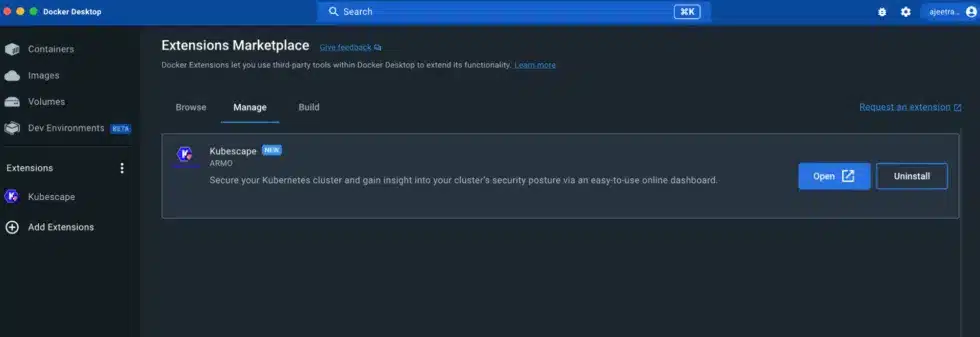
Once the Kubescape Docker Extension is installed, you’re ready to deploy Kubescape.
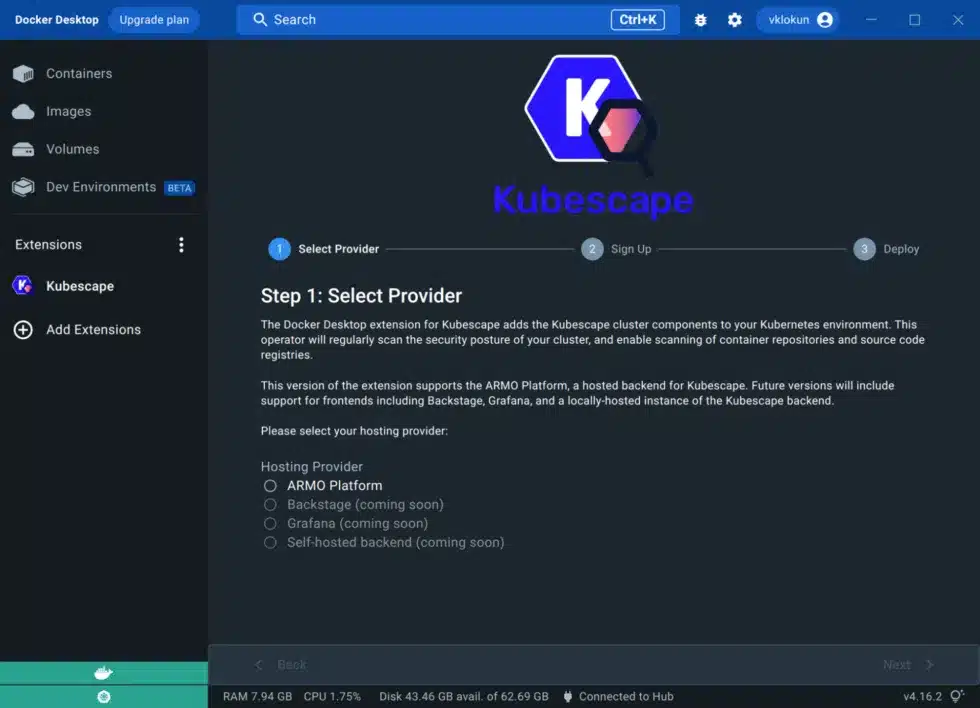
Currently, the only hosting provider available is ARMO Platform. We’re looking forward to adding more soon.
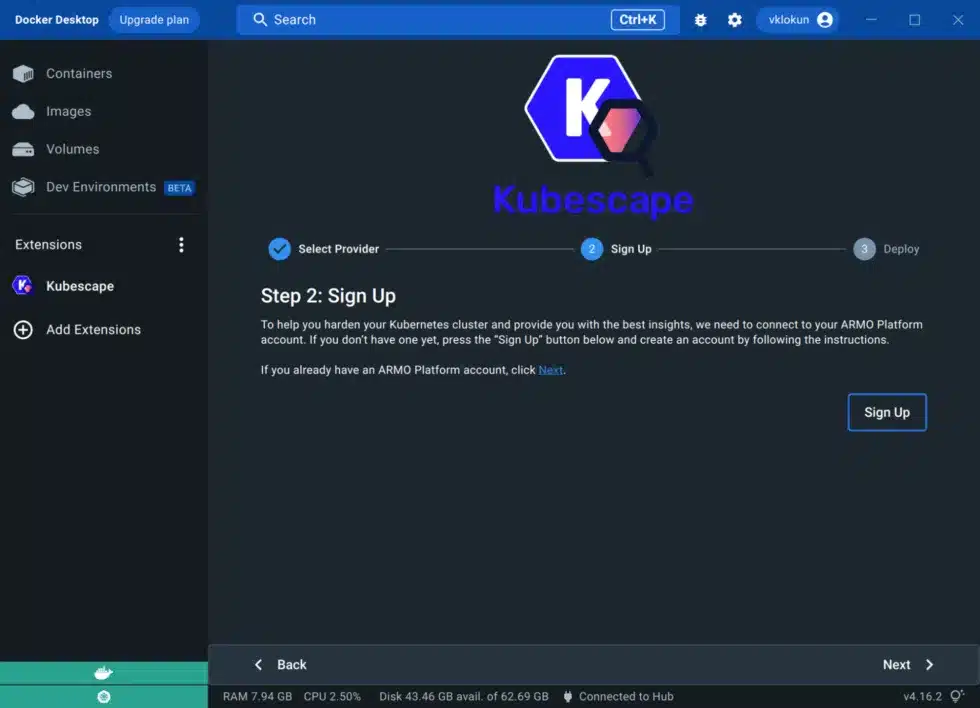
To link up your cluster, the host requires an ARMO account.
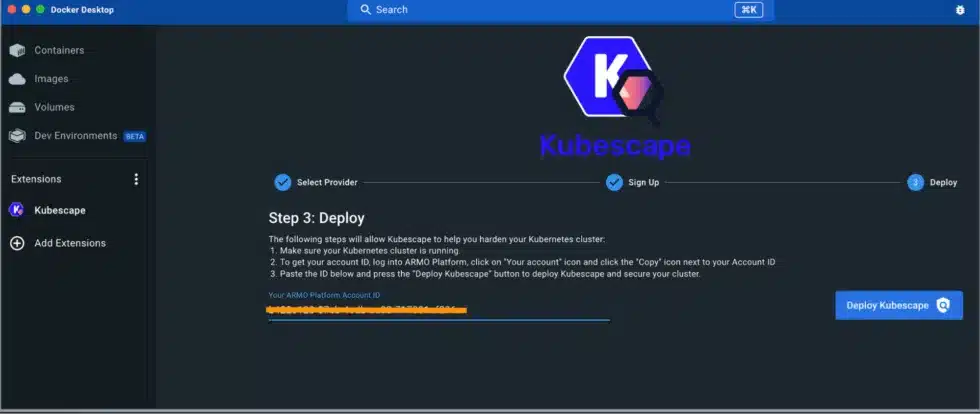
After you’ve linked your account, you can deploy Kubescape.
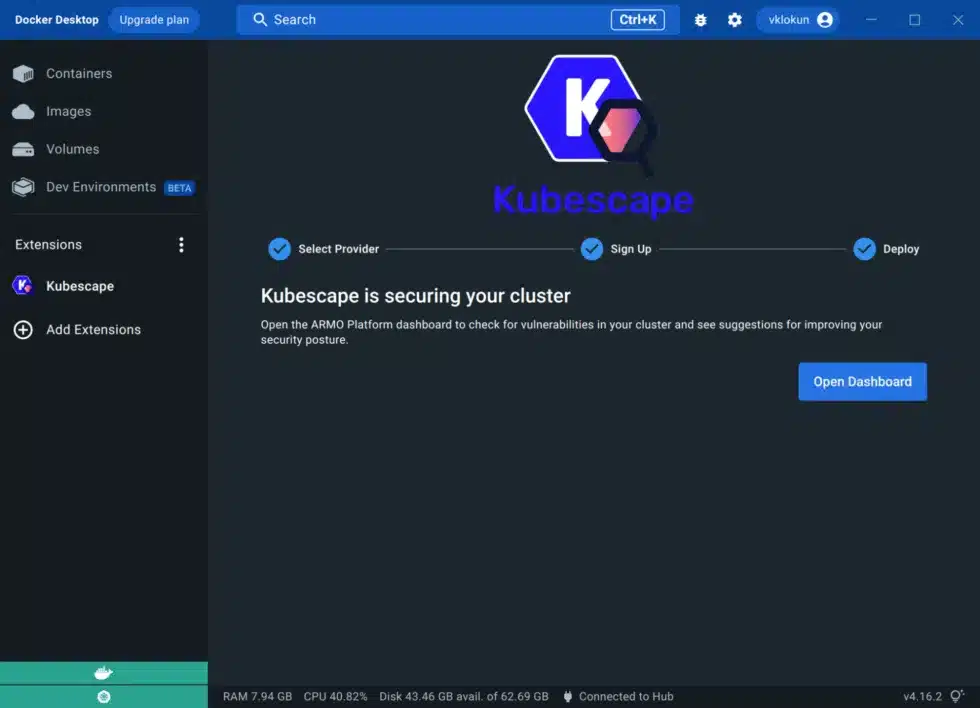
Once your cluster is deployed, you can view the scan output on your host (ARMO Platform) and start improving your cluster’s security posture immediately.
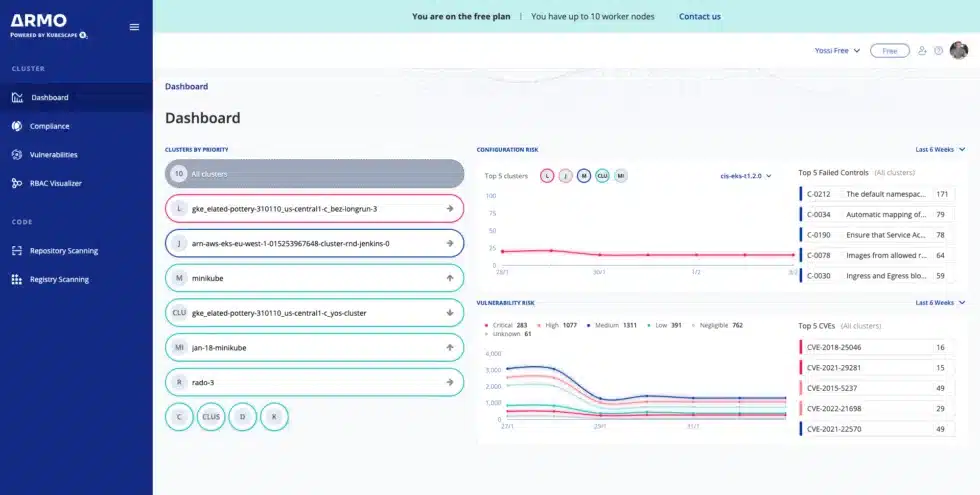
One step to improve your cluster’s security posture is to protect against the threats posed by misconfigurations.
ARMO Platform will display any misconfigurations in your YAML, offer information about severity, and provide remediation advice. These scans can be run against one or more of the frameworks offered and can run manually or be scheduled to run periodically.
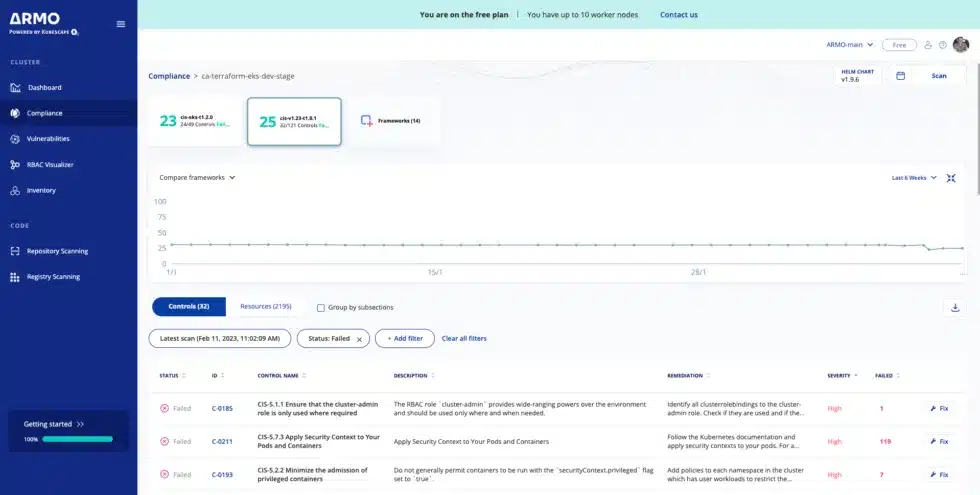
Another step to improve your cluster’s security posture is protecting against threats posed by vulnerabilities in images.
The Kubescape vulnerability scanner scans the container images in the cluster right after the first installation and uploads the results to ARMO Platform. Kubescape’s vulnerability scanner supports the ability to scan new images as they are deployed to the cluster. Scans can be carried out manually or periodically, based on configurable cron jobs.
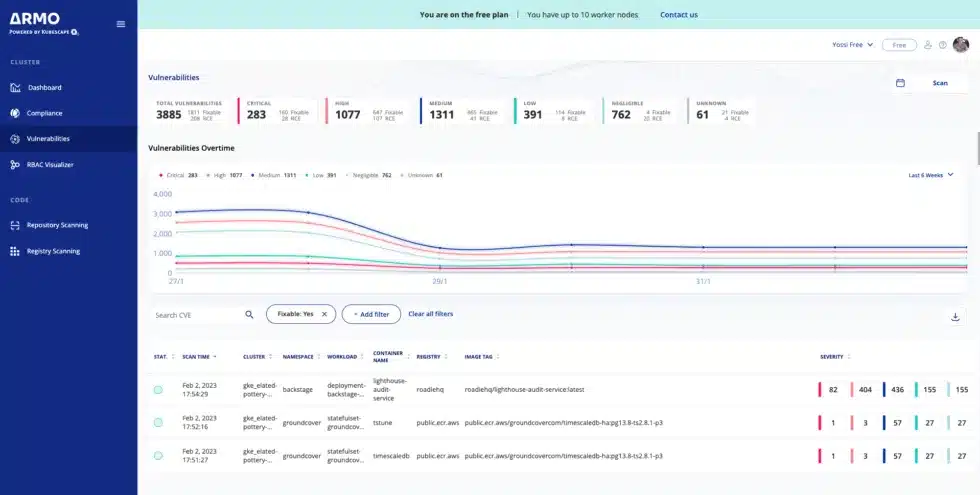
With ARMO Platform, you can also visualize Kubernetes RBAC (role-based access control), which allows you to dive deep into account access controls. The visualization makes pinpointing over-privileged accounts easy, and you can reduce your threat landscape with well-defined privileges. The following example shows a subject with all privileges granted on a resource.
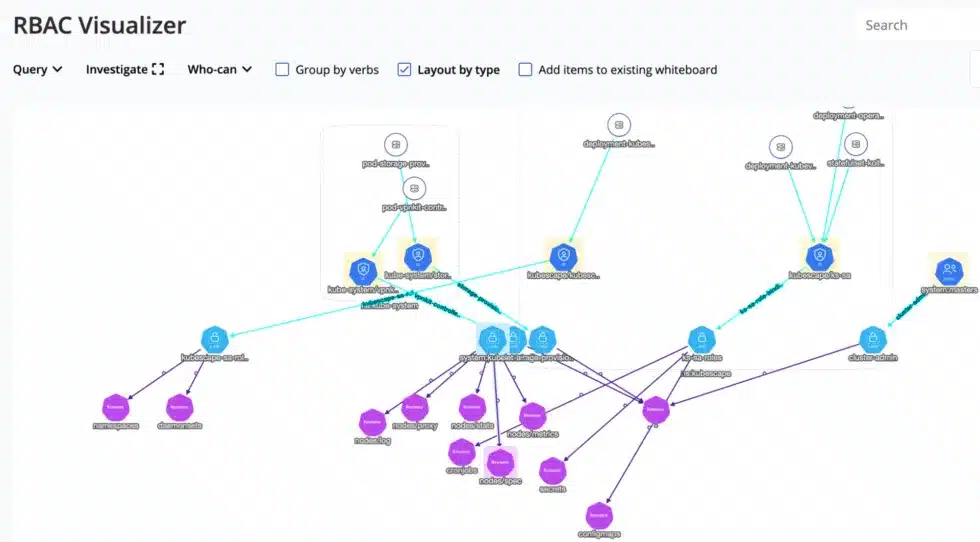
Kubescape, using ARMO Platform as a portal for additional inquiry and investigation, helps you strengthen and maintain your security posture
The Kubescape Docker extension brings security to where you’re working. Kubescape enables you to shift security to the beginning of the development process by enabling you to implement security best practices from the first line of code. You can use the Kubernetes CLI tool to get insights, or export them to ARMO Platform for easy review and remediation advice.
Give the Kubescape Docker extension a try, and let us know what you think at [email protected].

The only runtime-driven, open-source first, cloud security platform:
Continuously minimizes cloud attack surface
Secures your registries, clusters and images
Protects your on-prem and cloud workloads
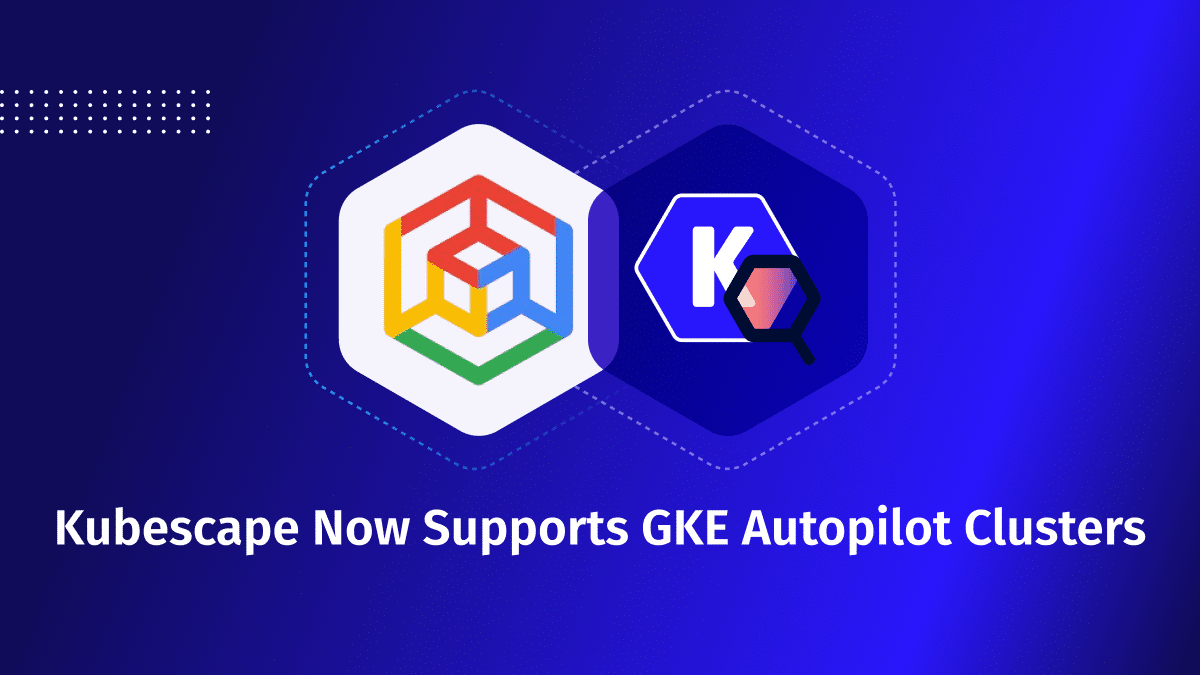
We’re excited to announce that ARMO now fully supports Google Kubernetes Engine (GKE) Autopilot clusters!...
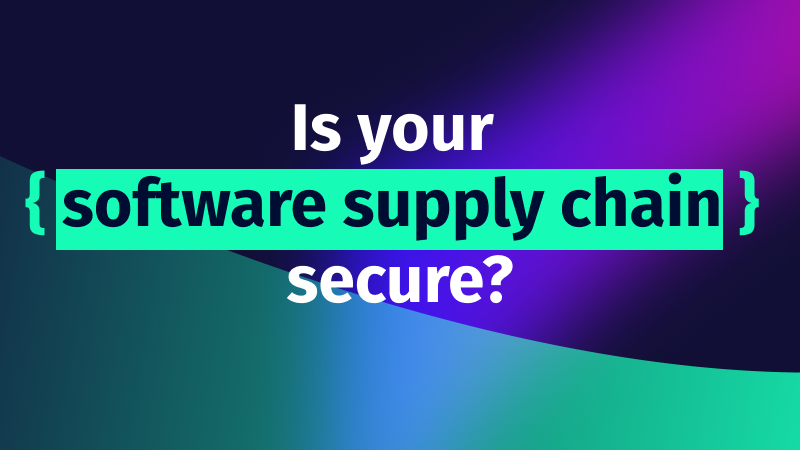
Software supply chain attacks cost businesses $45.8 billion globally in 2023 alone, and is projected...
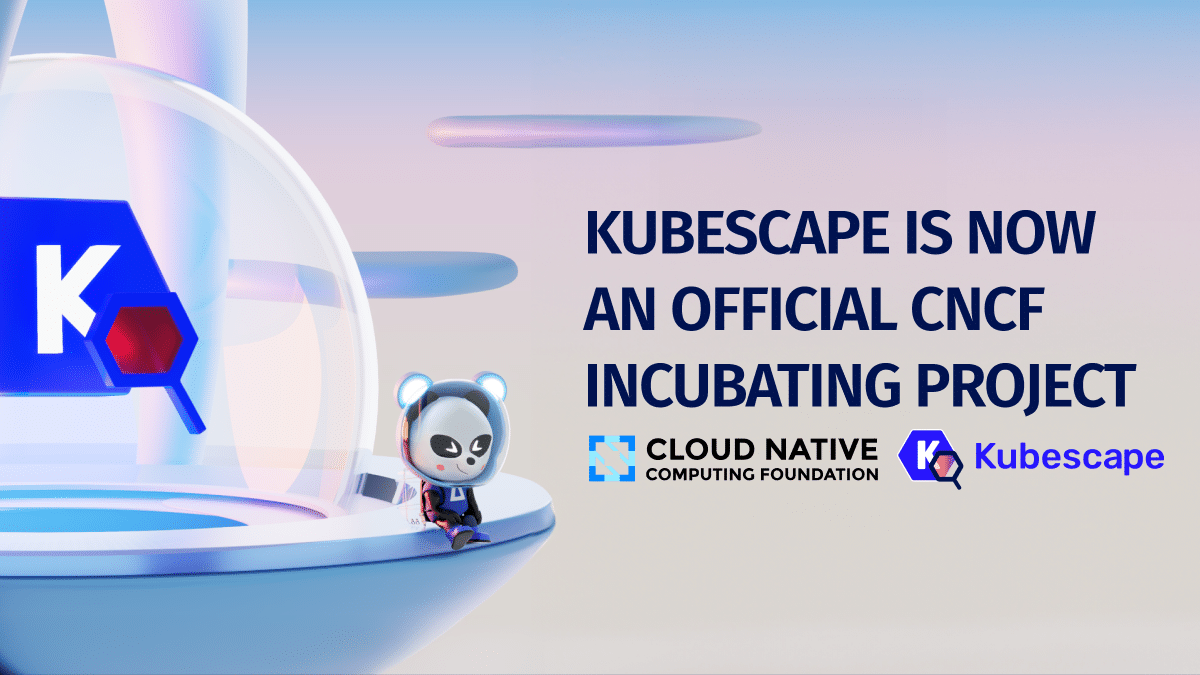
We’re excited to announce that Kubescape has officially entered the CNCF Incubating stage! This achievement...